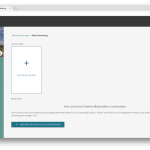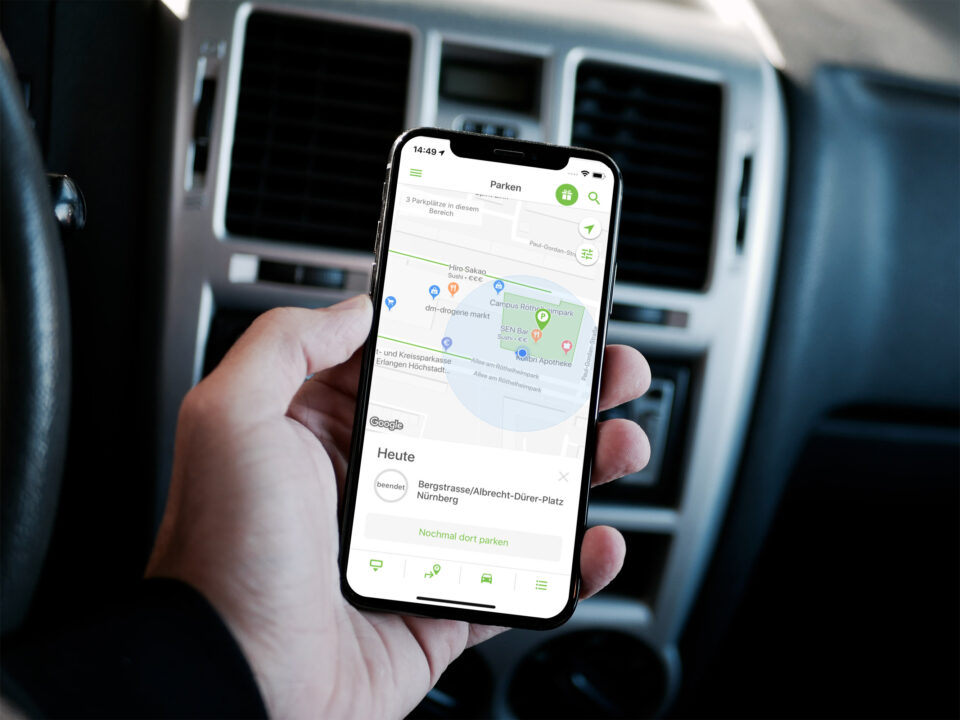
Replay history in school
24. Juni 2018
Agile improvement of PayByPhone App
17. Februar 2021
Collections for edu-sharing
"edu-sharing" is an open source content management system for open education. Teachers can find, manage and share educational material between organizations and utilize it in connected learning management systems like moodle.
Our goal
Development of "Collections": enable teachers to find, structure and reuse open educational material
My role
As the only UX Designer in the team I cooperated closely with our developers to create "collections" as a new component for edu-sharing.
RESEARCH
Domain analysis
What are collections? When do we collect things? How and when do we collect?
"Collections" seems to be a place where people collect their personal highlights, useful content or things they want to reuse.
User research
We conducted workshops and networking events in order to learn: How is a teacher collecting material currently? How do they structure their content? Are there willing to share material with others?


Lessons learned
- "Collections" need to be flexible
- Structuring and restructuring should be easy
- Allow teachers to keep collections private, empower them to make them public later
- Collections need to be beautiful - so it would be fun to use it (e.g. color, nice pictures, etc.)
- Different scale: There may be small collections for the next lesson or large collections to structure content for a whole dicipline.
- Many like to collect on mobile devices
Main scenarios
During research, we defined four user stories. Those stories would include our main use cases for the first concept and implementation. On my portfolio I just want to focus on the first two scenarios
SKETCHING & PROTOTYPING
„ A teacher is looking for useful content for his next lesson and adding interesting search results into his collections.“
Scribbeling
I love quick sketching with the most powerful tool for UX designers: a pen. It helps me to visualize and iterate ideas very quickly, to create a shared understanding of ideas and to get early feedback from users and developers.

Paper Prototyping
To communicate early ideas of collections to our community and developers. I produced a low-fidelity paper prototype with first ideas, recorded it on video and sent the link. We got positive feedback.
Creating first wireframes

Look for interesting content in the repository

Collect contents that are of interest

Choose where to structure the materials or create a new collection

The content has been linked to the collection
EVALUATION
Based on user and stakeholder feedback we identified two main challenges
"Creating a new collection should be more easy and transparent. Privacy permissions are important."
Solution: New transparent workflow for creating a new collection. First the user have to choose whether he wants to create a private, shared or public collection. The following steps are dependent on this choice.
"Teachers would like to have more pedagogical features. Also there is a need for special editorial groups to ensure high quality content."
Solution: A teacher can arrange content in a collection more flexible in a certain order. We've also created a new type: "Editorial collections". Only members of editorial teams are allowed to create and manage those collections in order to make sure that only high quality content is available.
Ideation with improvements
Interactive prototype
To explain the new concept of creating a collection I created interactive clickable prototypes with "Sketch" and "InVision" to communicate with our developers. This was again used to get feedback from stakeholders.
Create a private collection
Create an editorial collection
VISION
"Collections are a main part in the future edu-sharing system, where teachers can create, manage, share and reuse the best teaching material."












